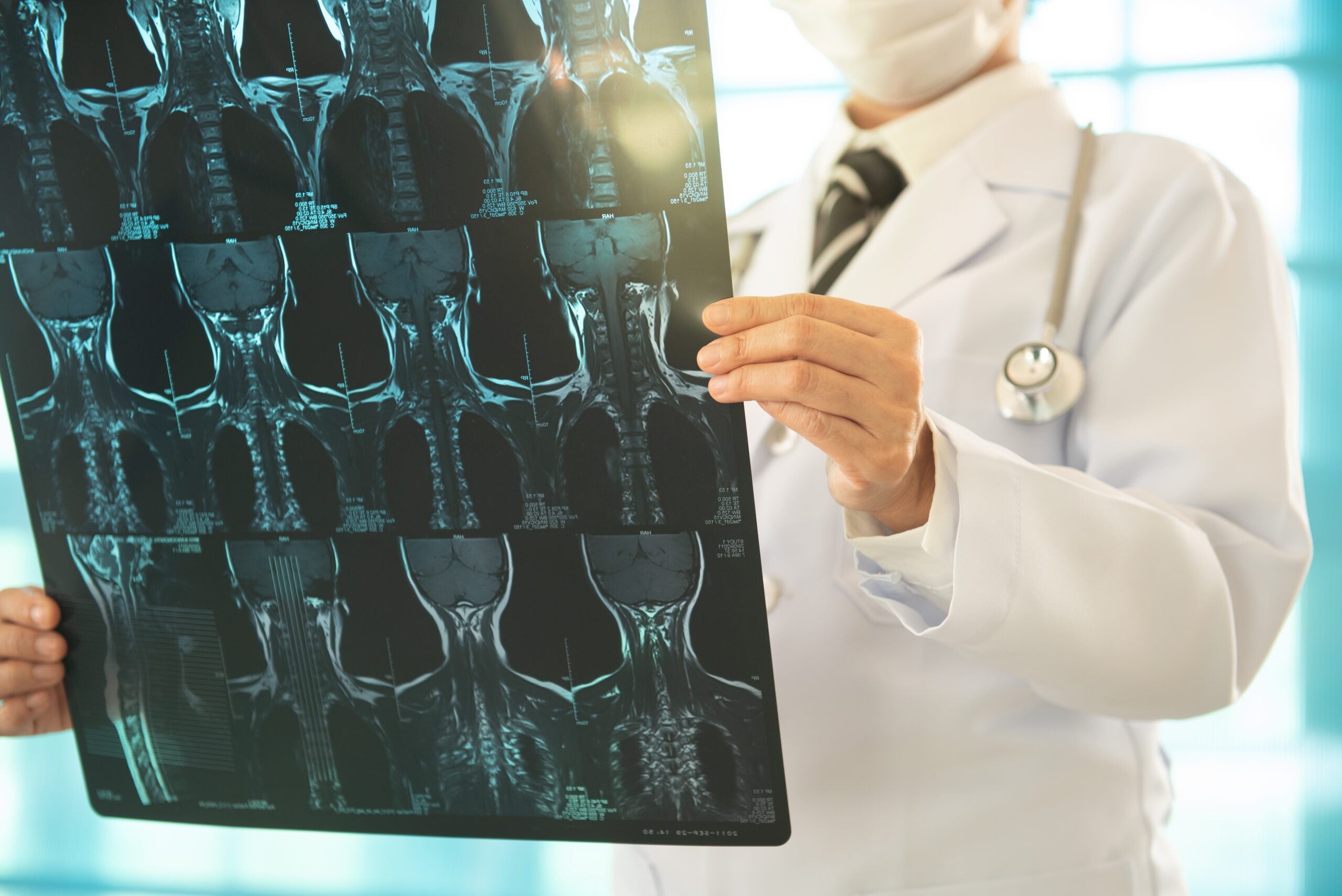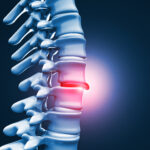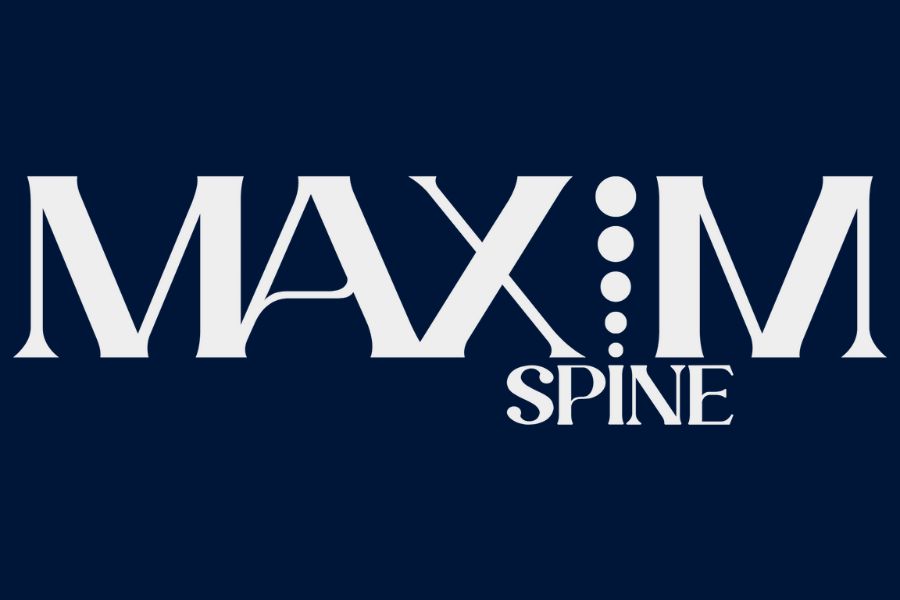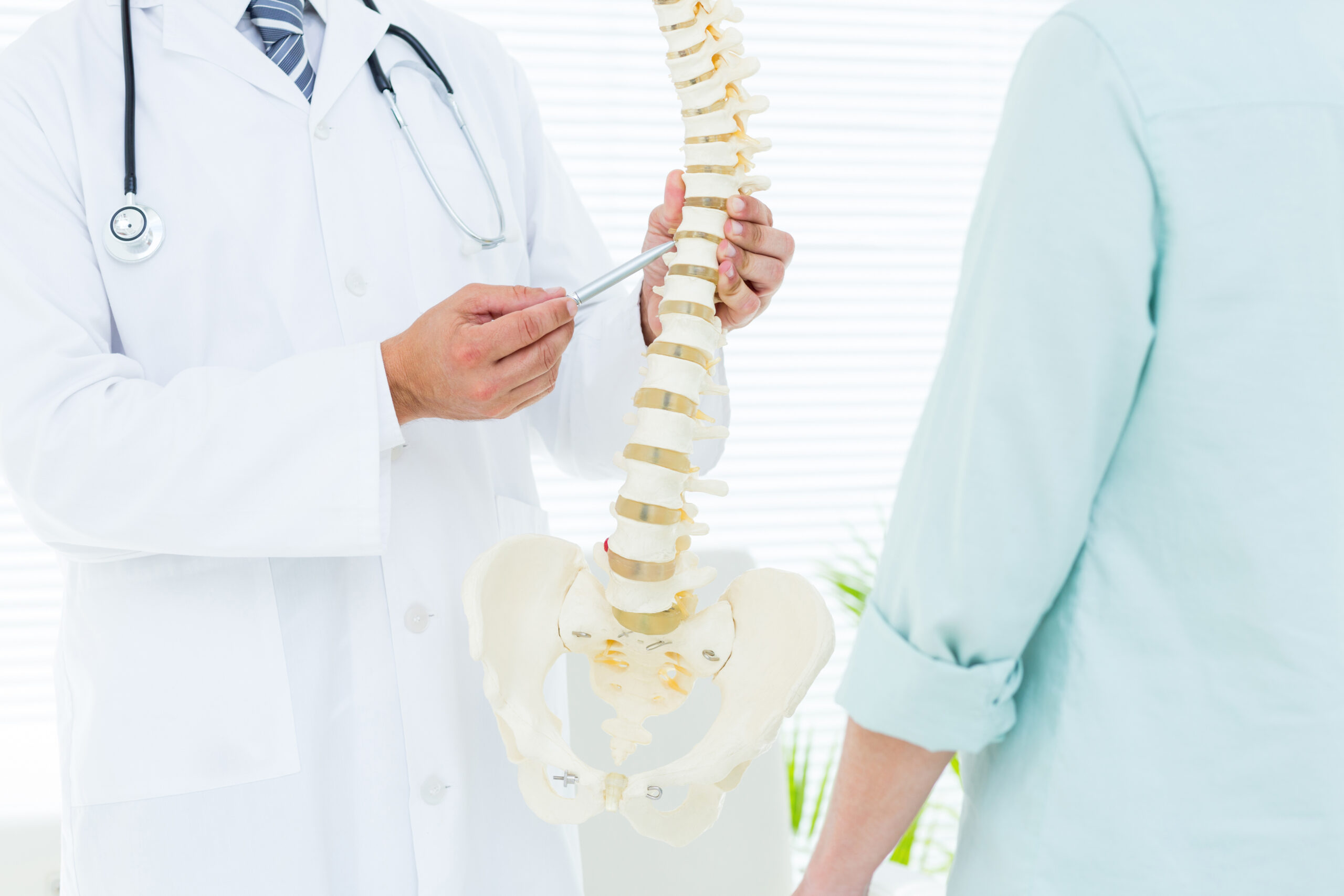
Specialized Cervical Disc Fusion Procedures for Spondylolisthesis
Neck problems and Spondylolisthesis are like two sides of the same spinal coin, oftentimes treated by specialized cervical disc fusion procedures. Nonetheless, they are distinct in their locations and underlying causes.
Your spine is a meticulously stacked tower of vertebrae, each cushioned by a soft disc. Spondylolisthesis, often striking the lower back, is akin to a single block in this tower slipping forward, creating instability and potentially pinching nerves. Meanwhile, cervical disc problems can occur in your neck region, where wear-and-tear or injury may hamper your life.
In both cases, spinal fusion can permanently bind vertebrae together, preventing movement and alleviating pain caused by nerve compression or instability. Picture a bridge between your vertebrae, using bone grafts or implants as the mortar. The surgeon’s goal is to create a solid, stable foundation, allowing you to regain function and your spine to heal.
While both cervical disc fusion and Spondylolisthesis surgery share the same surgical and post-operative recovery concepts, they diverge in their specific details. Today, the unique anatomy and biomechanics of your neck and lower back demand tailored surgical approaches and considerations.
Ultimately, the choice between a fusion versus Spondylolisthesis surgery hinges on the precise diagnosis, location of the spinal anomaly, and your individual needs. Both procedures offer a chance for renewed stability and pain relief, but the path to recovery is paved with careful consideration and expert guidance.
“Surgeons almost always perform spinal fusion for Spondylolisthesis,” states NYU Langone Health. “Spinal fusion stabilizes the spine by permanently joining two vertebrae, eliminating movement between them. Typically, bone grafts are placed between vertebrae to help them fuse together.”
It adds: “In time, new bone grows over the graft. A surgeon also places small metal screws and rods into the spine to hold the vertebrae together while they heal and fuse.”
Evaluating Spondylolisthesis and Specialized Cervical Disc Fusion Procedures
Embarking on the diagnostic journey for Spondylolisthesis and specialized cervical disc fusion procedures is akin to uncovering a hidden map of your spine, guided by a doctor’s expertise and modern imaging technology.
First, prepare for your doctor to ask about your medical history, symptoms, and lifestyle habits. This is followed by a hands-on exploration of your spine’s range of motion, muscle strength, and nerve responses, painting a preliminary picture of your spinal health.
The next phase involves unveiling what’s in your bones. X-rays can capture a skeletal snapshot of your spine, potentially revealing the telltale signs of vertebral slippage. If deeper insights are needed, CT scans offer a more detailed X-ray view, peering into the intricate structures of your vertebrae.
For an even closer look at the soft tissues surrounding your spine, MRI scans provide a comprehensive view, akin to shining a spotlight on nerves and discs. An MRI can reveal any potential compression.
Once the imaging intelligence is gathered, your doctor will grade the severity of your Spondylolisthesis, measuring the degree of vertebral displacement. In some cases, additional tests, like bone scans or SPECT imaging, may be requested to gather additional clues about your bone health. SPECT stands for Single photon emission computed tomography.
If nerve compression is suspected, you may undergo additional neurological testing, akin to a signal check for your nervous system. This involves assessing reflexes, muscle strength, and sensation, ensuring your nerves are communicating effectively.
Clear communication with your doctor is key. Openly share your symptoms, concerns, and any questions you may have. You are an active participant in this expedition, and your collaboration with your doctor will pave the way for an accurate diagnosis and personalized treatment plan.
Five Types of Spondylolisthesis: Which One Do You Have?
Many individuals with Spondylolisthesis have no or few symptoms, so they don’t know how they could benefit from specialized cervical disc fusion procedures. However, symptoms are often connected to the weakness of your spine, which is related to the level of Spondylolisthesis.
“Abnormal movement or irritation at the level of the slippage may produce back pain,” states Columbia University’s Irving Medical Center. “Symptoms may include leg pain or even weakness and numbness due to irritation of the nerve roots. In adult patients, the slippage may occur with other degenerative changes, so-called Arthritis or Spondylosis of the spine, such as disc bulging, enlarging ligaments, facet joint overgrowth, and bone spurs.”
Understanding the five types of Spondylolisthesis is crucial for receiving the right treatment:
- Isthmic: This type, often striking adolescents and young adults, arises from a stress fracture. Though the fracture may occur early in life, its consequences might not manifest until years or even decades later.
- Degenerative: The most common guise among adults, this type emerges from the wear-and-tear of aging, gradually eroding your spine’s intricate joints and ligaments. The weakened connections between vertebrae eventually succumb to slippage, often causing Spinal Stenosis or Neurogenic Claudication.
- Traumatic: This abrupt and forceful type of Spondylolisthesis fractures your spine, triggering immediate instability. A traumatic event can leave behind a lasting legacy of vertebral displacement.
- Dysplastic: This congenital imposter, present from birth, stems from an abnormal development of the spine. The flawed design of the vertebrae sets the stage for future slippage, often in the lower lumbar and sacral regions.
- Pathologic: This type weakens your spine’s defenses through insidious processes like tumors, bone conditions, or even previous surgeries. It undermines the structural integrity of the spine, paving the way for vertebral slippage.
Specialized Cervical Disc Fusion Procedures: How It’s Done
When conservative measures fall short, your doctor may recommend specialized cervical disc fusion procedures to conquer the challenges of cervical Spondylolisthesis.
Surgery has a dual mission: to liberate the spinal cord and nerve roots from compression, and to restore order to your misaligned vertebrae. By removing the damaged disc, pressure is relieved, and the stage is set for a fusion that will stabilize the affected spinal segment.
The most common battle plan involves an anterior approach, accessing the spine from the front of the neck. This allows the surgeon to meticulously remove the damaged disc, freeing the nerves and spinal cord. A fusion follows, utilizing bone grafts, cages, plates, and screws to create a sturdy bond between the vertebrae, which prevents further slippage and restores stability.
In some cases, your surgeon can gently coax the slipped vertebra back into position during the procedure. However, in more severe cases, a corpectomy, the removal of the vertebral body, may be needed to achieve proper alignment.
The fusion itself is a marvel of modern medicine, permanently joining the vertebrae and eliminating painful motion. It’s a testament to the body’s remarkable ability to heal and adapt, creating a new, stable foundation for your spine.
While the outcomes of cervical disc fusion are generally positive, with many patients experiencing significant pain relief and neurological improvement, the decision to undergo surgery should not be taken lightly. It’s a journey embarked upon after careful consideration and weighing the risks and benefits with the guidance of a trusted spine specialist.
After surgery, the patient may need to wear a cervical brace and follow post-operative instructions diligently. This ensures proper healing and optimal recovery, allowing you to gradually return to your normal activities.
Technological Advances in Fusion Surgery are Successful
The realm of specialized cervical disc fusion procedures is undergoing a technological renaissance, with innovative tools and techniques emerging to enhance precision, minimize invasiveness, and optimize patient outcomes.
Minimally invasive spine surgery has gained popularity for its smaller incisions, reduced tissue trauma, and accelerated recovery times. Like skilled artisans, surgeons can access the spine with minimal disruption, leading to faster healing and less post-operative pain.
Today, image-guided spine surgery empowers surgeons with real-time, high-resolution visualizations of your spinal anatomy. Surgeons can confidently navigate the complex terrain of the cervical spine, maximizing precise placement of instruments and implants.
What’s interesting is, biologics and advanced bone grafts are constantly evolving. Surgeons can choose from a growing array of options to optimize fusion rates and accelerate healing. 3D-printed implants are also revolutionizing the way spinal reconstruction is approached, precisely crafted to fit the unique contours of each patient’s spine and ensuring an optimal fit.
Additionally, robotic-assisted surgery offers increased accuracy and control in complex procedures. Like a steady hand guided by a robotic arm, surgeons can perform delicate maneuvers with unparalleled precision, minimizing the risk of patient complications.
Lastly, augmented reality in surgery, the surgical equivalent of X-ray vision, overlays a digital blueprint of the spine onto the surgeon’s field of view. Surgeons can see through the skin and bone, gaining a deeper understanding of the underlying anatomy and ensuring correct execution.
While these technologies hold immense promise, their applications don’t amount to a one-size-fits-all approach. Your choice of surgery and technology is a nuanced decision, tailored to the specific needs of each patient and guided by the expertise of the surgeon and resources available.
Maxim Health
Looking for specialized cervical disc fusion procedures? This is where our groundbreaking approach intersects with your needs. Maxim Health is a beacon of innovation.
Our comprehensive focus brings together luminaries in spine surgery for an unparalleled experience in care, expertise, and attention. With an extensive track record of successful and intricate procedures, Maxim Health is also at the forefront of surgical solutions. We help patients regain control of their lives, from non-invasive interventions to the latest advancements in pain relief.












